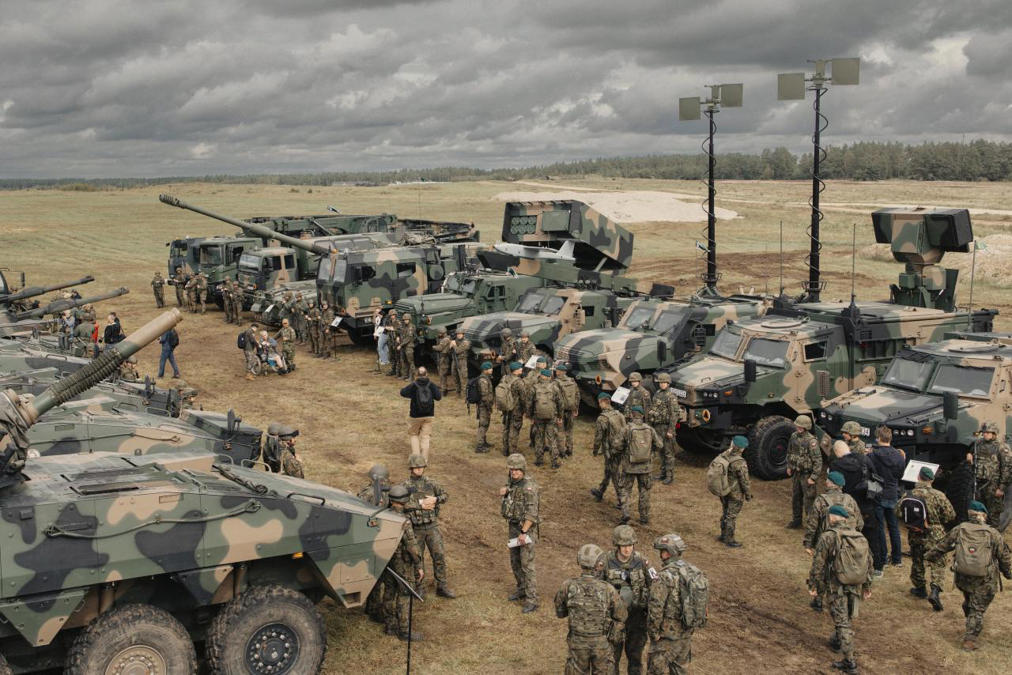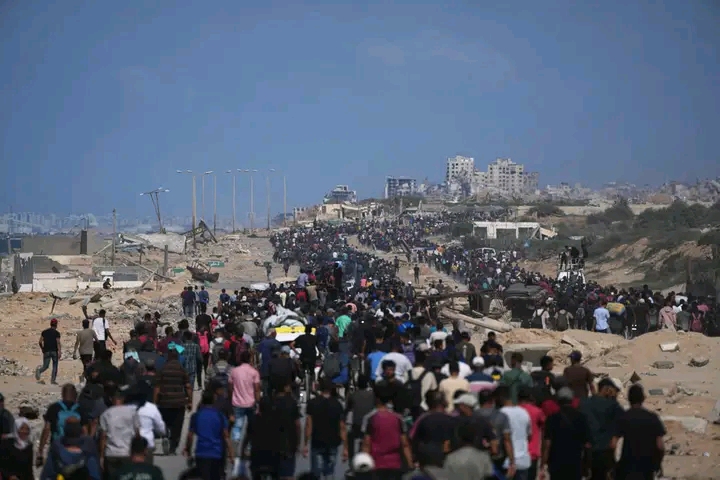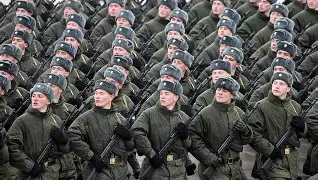
As Russia ramps up its military posture near NATO’s eastern flank, Poland is emerging as one of Europe’s most heavily fortified front-line states — declaring that it is “ready for any scenario” should Moscow’s aggression move westward.
Polish leaders say they have learned hard lessons from Ukraine’s experience and will not wait to be taken by surprise.
Tensions Escalate on NATO’s Doorstep
In recent months, reports of Russian drone incursions into Polish airspace and large-scale joint drills between Moscow and Minsk have reignited Cold War-style anxiety across Eastern Europe.
The Zapad-2025 military exercises — conducted by Russian and Belarusian forces just kilometers from Polish territory — have particularly alarmed Warsaw. Prime Minister Donald Tusk called the drills “a direct provocation” and vowed that Poland would respond “decisively to any violation of sovereignty.”
A series of drone incidents, including one that briefly penetrated Polish skies in August, underscored how the war in Ukraine could spill over into neighboring NATO members. The Polish government has since strengthened air defenses and mobilized forces along its eastern border with Belarus and the Russian exclave of Kaliningrad.
Building Europe’s New Military Powerhouse
Poland’s response has been nothing short of transformative. Over the past two years, the country has embarked on its most ambitious rearmament program since the fall of communism.
Defense spending now exceeds 4.7% of GDP — one of the highest rates in the NATO alliance — with Warsaw aiming to push that figure even higher in 2026. The budget supports new tanks, fighter jets, and advanced missile systems purchased from the United States and South Korea, alongside an expanding domestic defense industry.
The Polish Armed Forces have grown to more than 210,000 active personnel, bolstered by a rapidly expanding reserve force. A new “Homeland Defense” branch has also been established to coordinate civil defense, logistics, and cyber readiness.
“We’re not preparing for a symbolic show of strength,” said Defense Minister Władysław Kosiniak-Kamysz. “We are building a real deterrent force capable of defending our territory from day one.”
East Shield: A Fortress for NATO’s Flank
At the heart of Poland’s readiness strategy lies Project East Shield (Tarcza Wschód) — a multibillion-euro initiative to construct one of the most advanced border defense systems in Europe.
Stretching across 700 kilometers of Poland’s eastern frontier, the project includes physical barriers, smart surveillance systems, anti-drone defenses, and fortified troop positions. Work is expected to continue through 2028, with funding from both national and European defense budgets.
In tandem, Poland has staged massive joint military exercises, including Iron Defender-25, which saw more than 30,000 Polish and NATO troops conduct coordinated operations involving tanks, fighter jets, and cyber units. The drills were designed to simulate a rapid Russian incursion and Poland’s immediate response alongside its allies.
Diplomacy and Deterrence
Poland’s message is not just military — it is political. Officials in Warsaw have repeatedly warned that Europe’s security architecture cannot rely solely on distant Western capitals.
“Europe’s front line is here,” said Foreign Minister Radosław Sikorski during a recent Brussels meeting. “If Russia tests NATO’s credibility, it will start in the east. And we are determined that test will fail.”
Warsaw has urged fellow NATO members to accelerate arms production, strengthen logistics, and deploy additional air defense assets along the eastern flank. The alliance recently responded by sending Dutch and Norwegian F-35 fighter jets to bolster Polish air defenses.
A Balancing Act: Readiness at a Cost
However, Poland’s assertive posture comes with challenges. Massive defense expenditures are straining public finances, and some critics argue that long-term sustainability is uncertain. Inflationary pressures and social welfare demands could complicate future spending commitments.
Military analysts also caution that readiness extends beyond hardware. Supply chains, ammunition stockpiles, and personnel training remain ongoing priorities. “Poland is arming at an impressive pace,” notes Dr. Elena Wójcik, a Warsaw-based security analyst. “But maintaining that readiness — politically and economically — will be the real test.”
A Broader Global Context
For Africa and the wider Global South, Poland’s preparations highlight the growing fragmentation of global security. As Europe braces for potential confrontation, many African nations — including Kenya, Nigeria, and South Africa — are navigating their own delicate diplomatic balances between Western allies and Russia.
Poland’s warning to the world is clear: collective security must adapt to new realities. While Europe fortifies itself against Moscow, Africa and Asia are watching closely, aware that instability in one region often ripples across global markets, energy supplies, and diplomatic alignments.
As Russian aggression pushes westward, Poland is positioning itself not just as NATO’s first line of defense, but as a symbol of Europe’s determination to resist coercion.
“We are ready,” Prime Minister Tusk said in Warsaw this week. “And we will remain ready — because history has taught us that freedom must never be taken for granted.”


